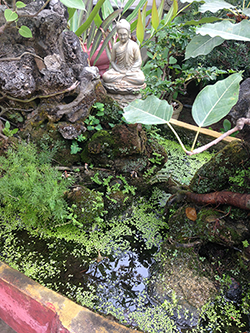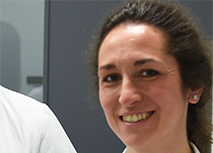Enhancing plant stress resilience
Our lab aim is to elucidate the molecular mechanisms underlaying plant resilience to abiotic stress. By exploiting the potential of disciplines such as genetics, molecular biology, bio-imaging and mathematical modelling and computing, the biochemistry and gene regulatory networks governing plant physiology under extreme conditions are being investigated.
Active projects
 Genetic Control of Lemna growth rate and protein content (Hertfordshire Knowledge Exchange Partnership in collaboration with DryGro)
Genetic Control of Lemna growth rate and protein content (Hertfordshire Knowledge Exchange Partnership in collaboration with DryGro)
- Understanding the impact of low temperature on seed germination in maize (Hertfordshire Knowledge Exchange Partnership in collaboration with Plant Impact – Croda)
- Integrative Genomic Characterization of the Brachypodium Polyploid Model to Unravel Bases of Success of Polyploidy in Flowering Plants (funded by DOE Joint Genome Institute; PI: Prof. Pilar Catalan, University of Zaragoza).
Finished Projects
- Barley Tolerance to Abiotic Stress (Early Career Research Grant Competition University of Hertfordshire).
- Exploiting the potential of Brachypodium as model grass to improve breeding cereal crops (Santander Partnership Collaboration Support Award).
Lab members
Cristina is working as ECRF between the School of Life and Medical Sciences (within the Centre of Agriculture, Food and Environmental Management) and the School of Computer Science. She is an expert plant molecular biologist focused in seed development/germination and plant response to abiotic stresses. During her research she worked with both model plants (such as Arabidopsis and Brachypodium) and crops (mainly maize and barley) transferring the acquired knowledge from the first to improve agronomic traits.
Javier is working with Lemna minor and Lemna gibba, creating a framework for breeding the next generation varieties with high protein yields (>40%) and optimal growth rates under heat stress conditions. Using modern metabolomic and genomic methods, a transcriptomic regulatory network model controlling protein content and growth rate in response to high temperature is being studied.

